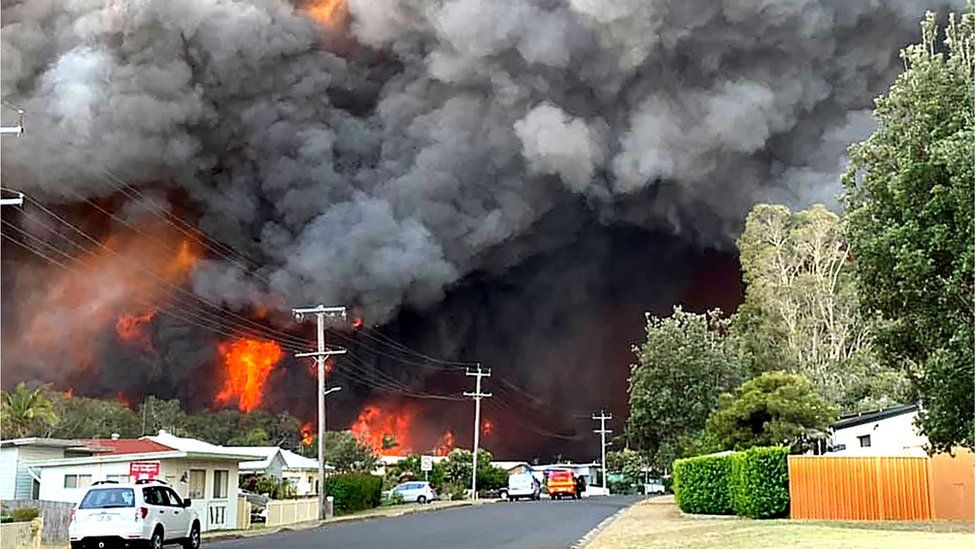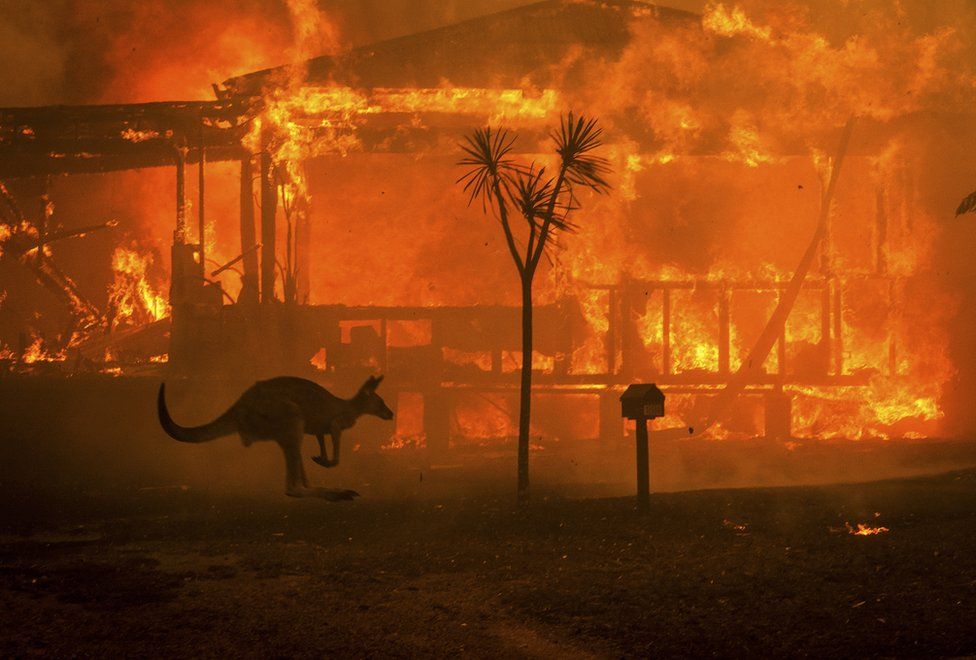Unveiling the Risks: Why Every Property Owner Needs a Bushfire Risk Assessment
Unveiling the Risks: Why Every Property Owner Needs a Bushfire Risk Assessment
Blog Article
The Significance of Bushfire Monitoring in Fire Security
In the world of fire security, the relevance of efficient bushfire administration can not be downplayed. As communities worldwide grapple with increasing circumstances of wildfires, the aggressive approach to avoiding and minimizing these all-natural catastrophes with tactical bushfire monitoring strategies has become a vital aspect. Beyond the prompt danger to human life and residential or commercial property, the interplay between bushfire administration and ecological conservation, neighborhood involvement, and environment modification positions intricate obstacles that need thorough solutions.
Value of Proactive Bushfire Prevention
Aggressive bushfire avoidance methods are important in minimizing the ravaging impacts of wildfires on ecological communities and communities. By taking preventative actions prior to a bushfire occurs, the threats associated with these natural calamities can be considerably reduced. One essential aspect of positive bushfire avoidance is fuel administration. This entails decreasing the quantity of flammable product, such as dead plants and completely dry leaves, that can function as gas for fires. Fuel administration approaches include suggested burns, where controlled fires are purposely lit to minimize the build-up of combustible product.
Additionally, producing firebreaks - cleared areas where greenery is strategically eliminated to create an obstacle to stop the progression or slow down of a bushfire - is one more crucial aggressive procedure. By carrying out these approaches, the spread of wildfires can be limited, securing both human lives and the atmosphere. In addition, informing the public on fire safety and security methods and promoting neighborhood recognition about the significance of bushfire prevention are vital parts of aggressive strategies. Inevitably, proactive bushfire avoidance plays a substantial role in safeguarding areas and communities from the damaging influences of wildfires.
Function of Community Involvement in Fire Security
Involving the neighborhood in fire defense initiatives is essential to boosting the performance of proactive bushfire avoidance strategies. Neighborhood engagement plays an essential duty in promoting a cumulative understanding of the dangers positioned by bushfires and the value of readiness steps. By including neighborhood citizens, authorities can distribute important info ablaze safety methods, emptying treatments, and early caution systems, empowering individuals to take positive actions to protect their lives and buildings.
By promoting a society of readiness and collaboration, areas can enhance their capacity to respond effectively to bushfire emergency situations, lessening the influence on homes and lives. Inevitably, area involvement is a cornerstone of thorough fire protection methods, stressing the relevance of collective action in securing susceptible locations from the danger of bushfires.
Value of Wild Animals Preservation in Bushfire Monitoring
Preservation of wild animals plays a crucial duty in effective bushfire monitoring techniques, guaranteeing the defense of diverse ecosystems and biodiversity in fire-prone areas. Wildlife conservation is vital as it adds to the overall strength of communities, assisting in their ability to recover and hold up against from the effect of bushfires. By preserving habitats and securing numerous species, the all-natural equilibrium within these communities is kept, which is vital for their lasting health and wellness and sustainability.
Furthermore, wild animals conservation likewise assists in reducing the risk and strength of bushfires. Healthy and balanced communities with unspoiled wildlife populations can act as all-natural firebreaks, slowing down the spread of fires and restricting their devastating possibility (BAL Report). Particular animal varieties, like delving animals or birds that spread out seeds, play one-of-a-kind duties in protecting against fires or assisting in the post-fire regrowth of habitats
Including wild animals preservation into bushfire monitoring methods is not just necessary for guarding biodiversity but likewise for promoting the total health and strength of environments in the face of enhancing fire dangers.
Benefits of Strategic Gas Decrease Programs
Strategically implementing fuel reduction programs is vital in mitigating the danger and influence of bushfires in fire-prone regions. These programs entail controlled burning, mechanical clearing up, and other approaches to reduce the amount of flammable plants readily available to sustain wildfires. By tactically minimizing fuel loads in vital locations, such as close to property areas or important framework, the intensity and spread of bushfires can be substantially decreased.
One of the main benefits of gas reduction programs is the improvement of overall fire durability in an environment. By creating calculated gas breaks and decreasing the connection of greenery, these programs aid to interrupt the course of a bushfire, making it easier for firemens to include and snuff out the blaze. Furthermore, fuel decrease programs can secure biodiversity by avoiding exceedingly intense fires that can ruin habitats and endanger wild animals populations.
Moreover, these programs can also safeguard human lives and building by decreasing the danger of tragic fires that position a considerable threat to communities. Eventually, calculated gas reduction programs play a vital duty in proactive bushfire administration and cultivating a safer atmosphere for both individuals and nature.
Impact of Climate Modification on Bushfire Danger

Higher navigate to this website temperatures cause drier vegetation, making it a lot more at risk to ignition. Decreased rains in certain regions lengthens drought conditions, better increasing the flammability of the landscape. Furthermore, the changing environment has actually changed wind patterns and weather, causing more irregular fire actions and quick fire spread.
As the environment remains to alter, the regularity and intensity of bushfires are anticipated to climb, necessitating a adaptive and aggressive approach to bushfire administration. Techniques have to progress to account for the altering risk landscape, incorporating environment projections and thinking about long-lasting this link durability in fire administration preparation. Addressing the impact of climate modification on bushfire threat is important in developing effective techniques to secure lives, property, and the environment.
Final Thought
To conclude, proactive bushfire prevention, area involvement, wildlife preservation, strategic gas reduction programs, and factor to consider of environment change are crucial components in reliable fire security. By executing these approaches, we can better handle bushfire risks and secure both human lives and the setting. Bushfire Risk. It is essential that stakeholders collaborate to focus on these measures to decrease the devastating influence of bushfires on ecological communities and communities

As the climate continues to transform, the regularity and strength of bushfires are expected to increase, demanding a adaptive and aggressive approach to bushfire management.In final thought, positive bushfire avoidance, neighborhood interaction, wild animals conservation, strategic fuel reduction programs, and factor to consider of environment adjustment are essential components in reliable fire defense.
Report this page